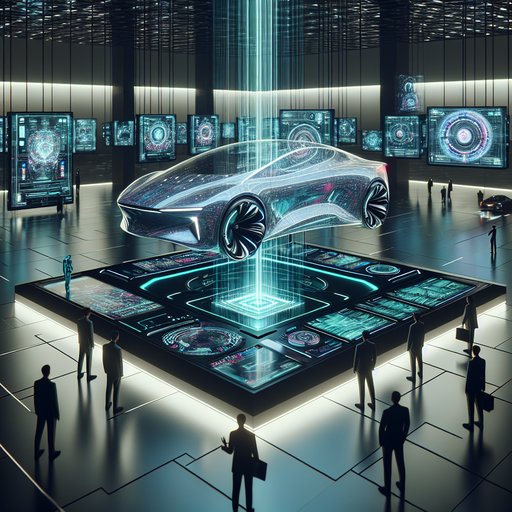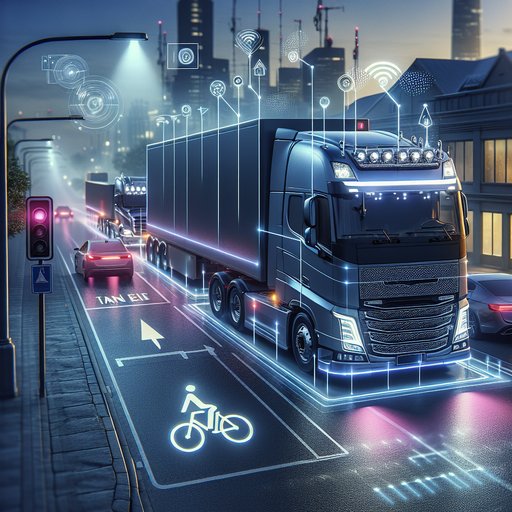
Modern single-seater racing is built around a clearly signposted ladder: FIA Formula 4 at the base, then Regional or FIA Formula 3, on to FIA Formula 2, and finally Formula 1. Over the past few seasons this pathway has tightened, with defined technical rules, super licence points, and shared race weekends aligning driver development with F1’s professional standards. In 2024 alone, the new F2 car debuted, FIA F3 crowned Luke Browning as champion, and drivers like Oliver Bearman and Andrea Kimi Antonelli illustrated how results, academy backing, and opportunity combine to accelerate progress. Understanding how young drivers move between these rungs explains not just who arrives in F1, but why they are equipped to stay there.
The ladder matters because it standardizes skills, creates consistent benchmarks, and places young talent inside the F1 paddock early. Each category teaches a distinct layer of racecraft, technical literacy, and media responsibility, while the super licence points system ties performance to eligibility. Consolidated calendars ensure F3 and F2 run on many of the same weekends and circuits as Formula 1, exposing drivers to identical conditions and pressure. The result is a transparent merit-and-readiness filter that the sport can trust in an era of ever-rising performance and safety standards.
For most, the journey starts in FIA-certified Formula 4, the first step after karting. F4 machinery is relatively simple—around 160–180 horsepower, limited aero, and durable tyres—so the emphasis is on fundamentals: race starts, slipstreaming, brake modulation, and wheel-to-wheel etiquette. National and regional F4 series attract manufacturer academies and top teams scouting raw speed and consistency, while budgets remain comparatively accessible. Crucially, F4 results begin the accumulation of super licence points that will be needed years later to reach F1.
From F4, drivers either move to a regional F3 category such as Formula Regional European Championship (FRECA) or jump into FIA Formula 3, depending on readiness, budget, and opportunity. FRECA’s Tatuus-based cars add downforce and race-craft complexity without the full intensity of the F1 undercard, while FIA F3 places drivers directly on many F1 weekends with live global TV and compressed practice time. FIA F3 cars produce roughly 380 hp with more sophisticated aero and DRS, teaching tyre management and qualifying execution on Grand Prix circuits. Champions and consistent front-runners earn significant super licence points and visibility with team principals.
FIA Formula 2 is the final apprenticeship. In 2024, the category introduced a new Dallara chassis and updated aero philosophy, sharpening the car’s relevance to F1 while maintaining standard parts and a single engine supplier to control costs. With over 600 hp, mandatory pit stops, and alternate tyre compounds, F2 forces drivers to juggle strategy, tyre degradation, and safety-car restarts—skills that directly translate to F1. The champion cannot return the following year, so competitive churn stays high and results are an acute signal of who is ready to move up.
Progression is earned on track, but it is often enabled by academy support and the right race seats. Recent moves underline the pattern: 2023 FIA F3 champion Gabriel Bortoleto graduated to F2 in 2024, Zak O’Sullivan stepped into F2 with ART Grand Prix as a Williams junior, and Andrea Kimi Antonelli advanced directly from FRECA to F2 with PREMA, reflecting exceptional junior results and manufacturer backing. Meanwhile, Luke Browning’s 2024 FIA F3 title showcased how a strong campaign on the F1 undercard can elevate a driver’s profile within months. The common thread is consistent pace, adaptability across circuits, and the ability to convert limited practice into points.
The final jump—F2 to F1—combines sporting criteria with procedural gateways. Drivers must secure 40 super licence points, typically by winning or finishing near the top in F2, and complete a 300 km run in an F1 car under approved testing conditions. Teams must also field a rookie in at least two FP1 sessions each season, which in recent years has given leading F2 drivers tangible mileage and comparison to race regulars. The post-season Abu Dhabi young-driver test and extensive simulator programs further prepare candidates for the physical and operational load of Grand Prix racing.
Concrete examples from 2024 show the system working as intended. Ferrari junior Oliver Bearman, already a proven F2 winner, stepped in for an unwell Carlos Sainz at the Saudi Arabian Grand Prix and scored points on debut—an outcome built on years of F3/F2 tyre management, high-pressure qualifying, and recent FP1 mileage. His subsequent confirmation as a 2025 Haas race driver validated how reserve roles, academy support, and strong F2 performances translate into seats. Conversely, champions like Oscar Piastri and Theo Pourchaire illustrate that timing matters: sometimes the next step is a reserve year, IndyCar or Super Formula miles, and more FP1s before a full-time F1 opportunity opens.
There are detours and exceptions, but the framework keeps evolving to balance opportunity with preparedness. Budgets climb steeply from F4 to F2, making academies and scholarship programs pivotal, while sustainability initiatives—such as the higher sustainable-fuel blends in F2 and the 2025-generation F3 car—keep technology relevant to F1’s direction. What has not changed is the core currency: winning quickly after each step up, learning tyres and race management, and delivering under the microscope of F1 weekends. When that comes together, the path from F4 to F1 is no mystery; it is a sequence of well-defined gates that the very best keep pushing open.











